Be part of the future with us!
Register now for our online product launch event on May 23rd.
Size does not necessarily limit the sophistication of a small satellite. They must perform the same functions as their larger counterparts. Let’s take a look at how satellites are designed – what are the subsystems that comprise a small satellite.
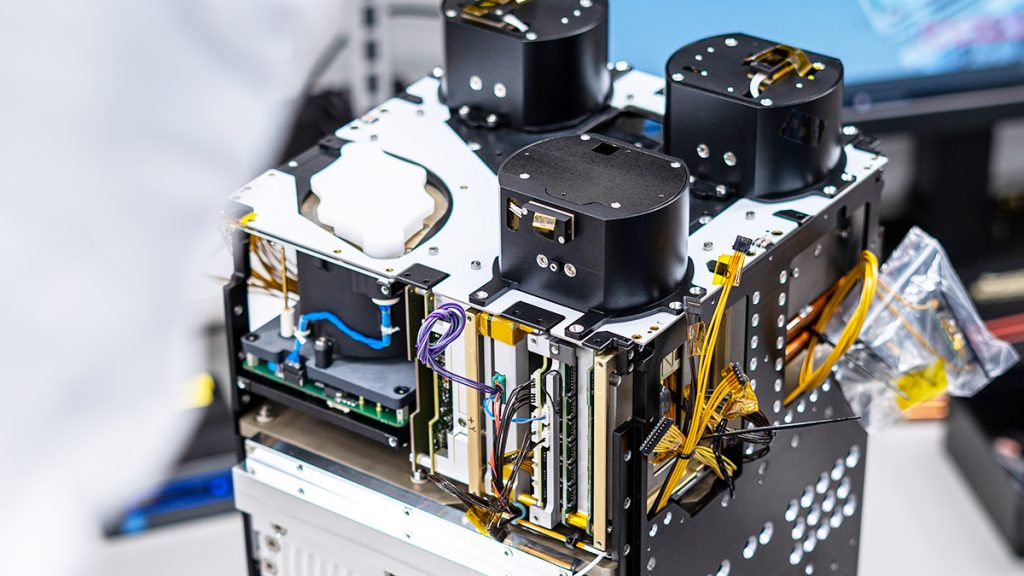
Orbital dynamics, atmospheric drag, and other factors will make satellites tumble and fall out of orbit. To perform its mission, the satellite needs to control its orientation and change its location. Star trackers and positioning systems let the satellite determine its location and which way it is pointing. Magnetorquers and reaction wheels can change the satellite’s attitude — for example, keeping an EO satellite’s cameras pointing at Earth. Thrusters based on cold gas, monopropellant, Hall effect, and other technologies can counteract atmospheric drag or de-orbit the satellite once its mission is complete.
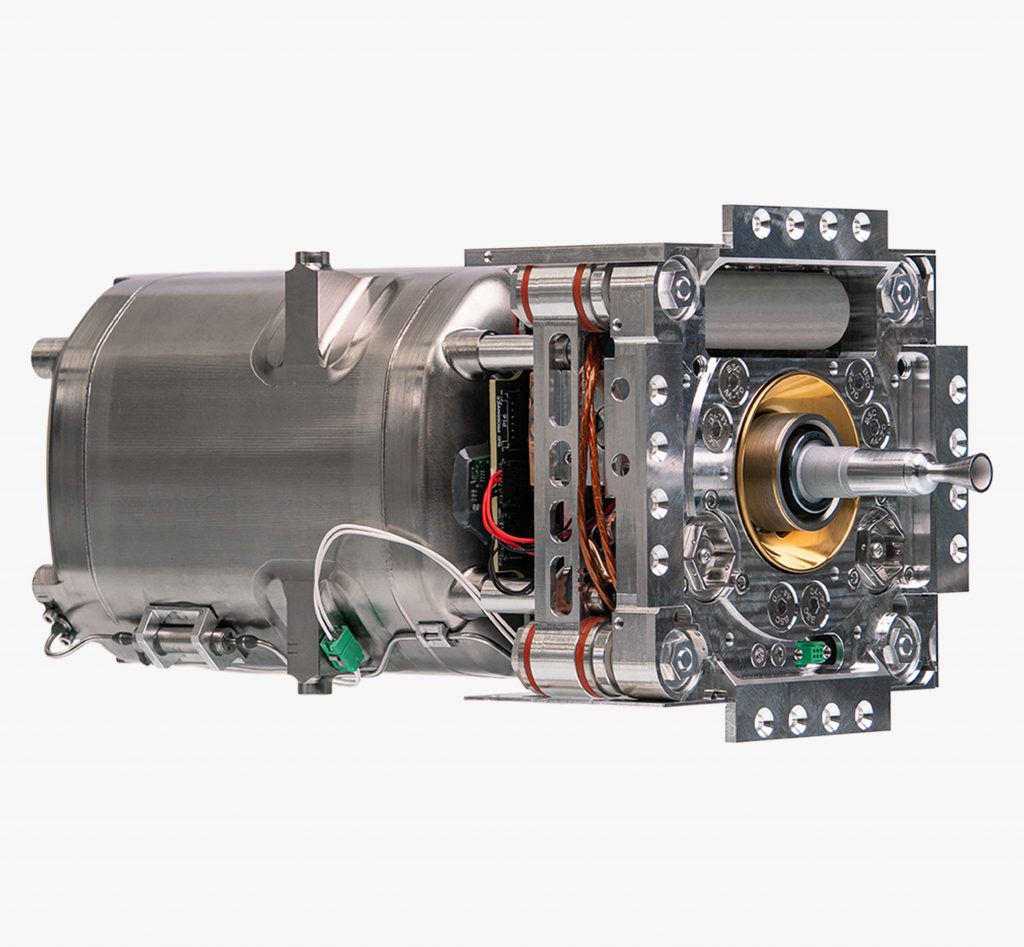
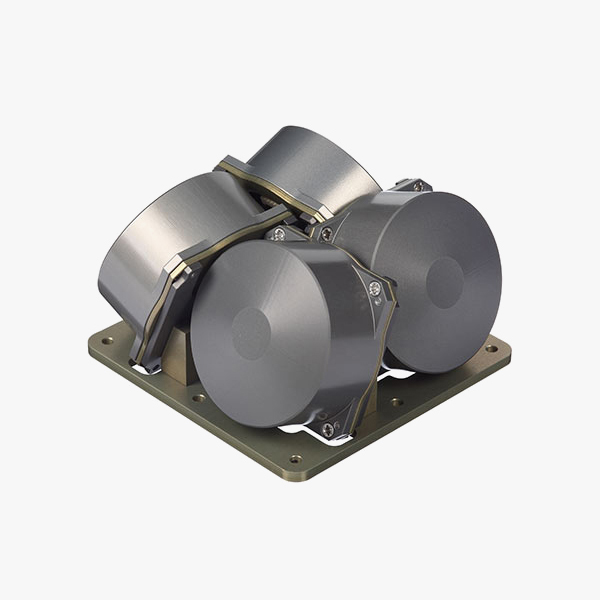
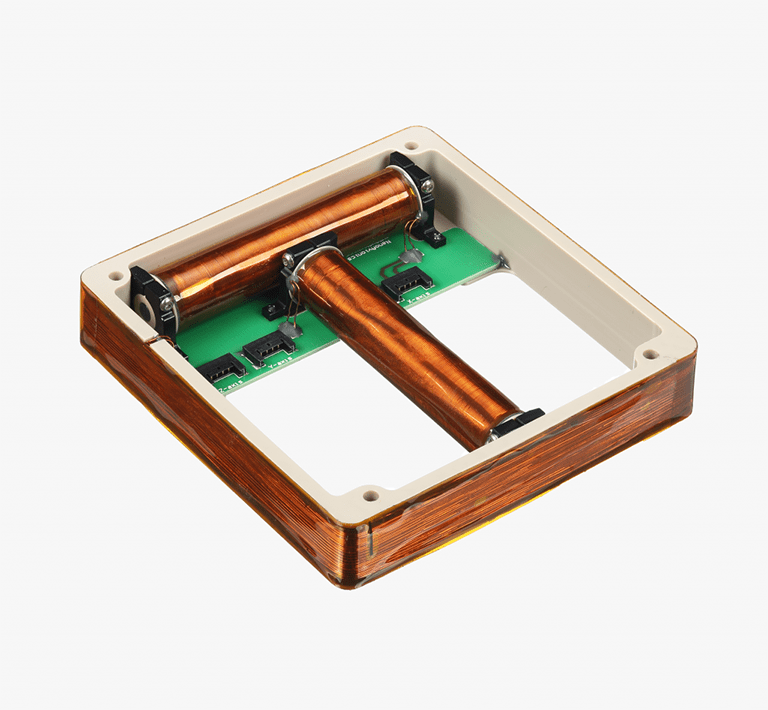
Every satellite, regardless of size, must be able to communicate with its operator’s mission control center. Transceivers, repeaters, and antennas let the satellite:
A network of Internet-connected ground stations is needed to keep satellites in regular contact with mission control. Large businesses and space agencies develop their own network. This investment may be hard for small or short-term satellite projects, but they have another option. Independent ground station networks provide orbital communications as a service.
Except for some deep space missions, satellites depend on solar panels to generate the electricity they need to function. Certain satellite designs attach solar panels to the satellite’s outer surface. Satellites that need more power will rely on deployable booms to extend large, wing-like solar panels. Inside the spacecraft, power management systems regulate and distribute electricity. When the satellite passes through Earth’s shadow, batteries provide the power no longer coming from the solar panels.
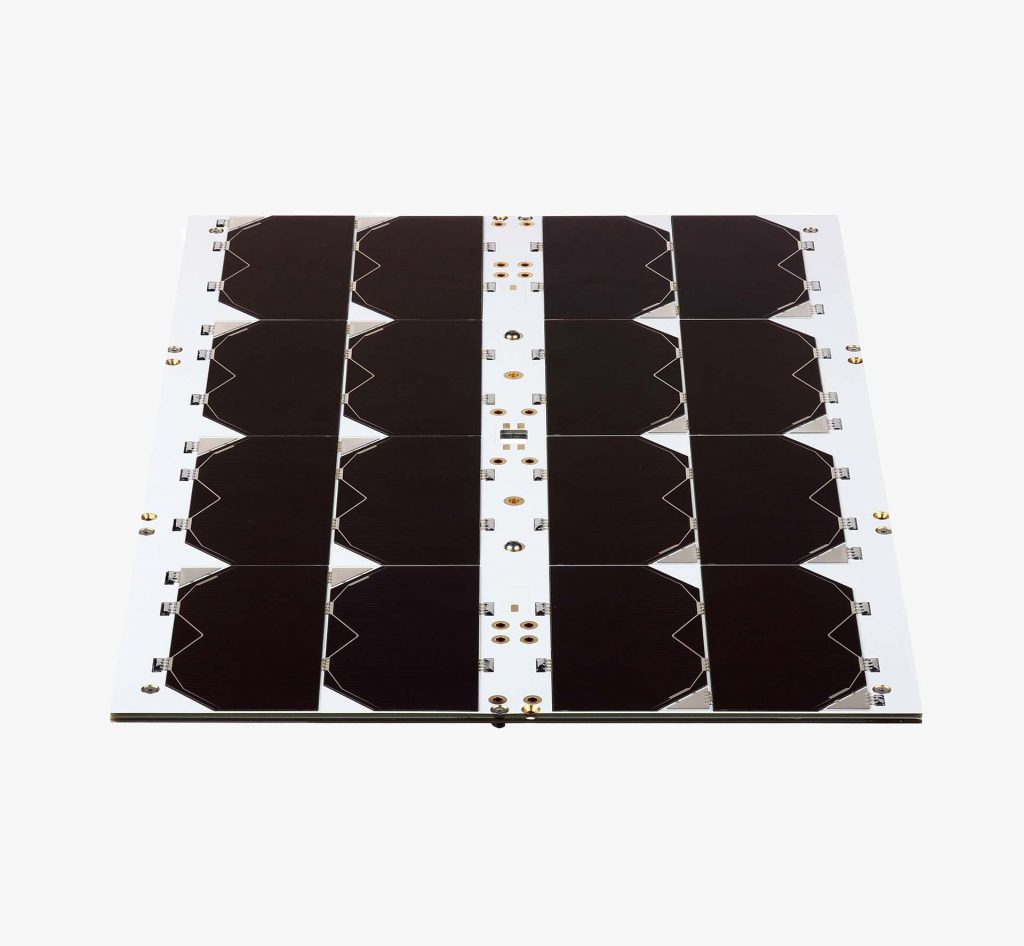
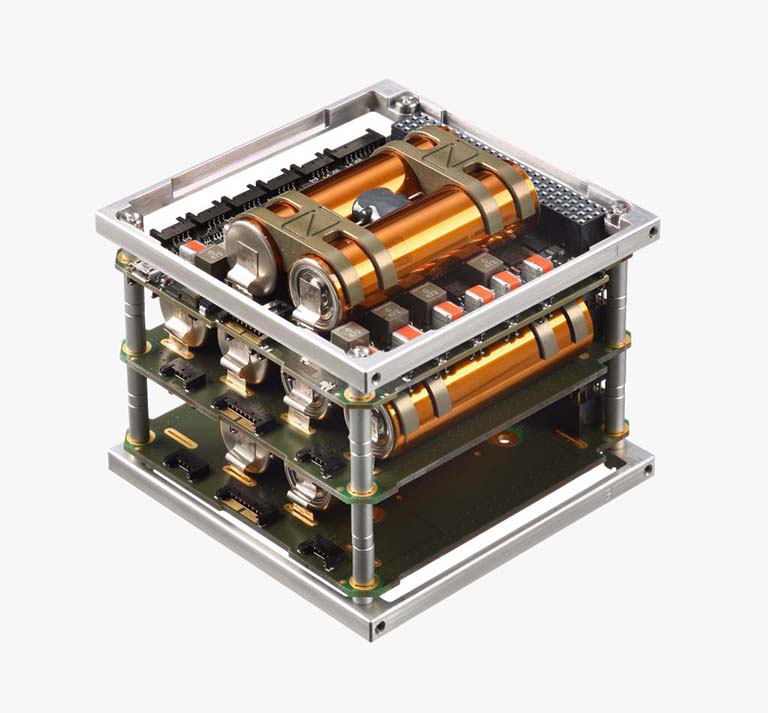
Among the advantages of standardized satellite designs is their ability to accelerate mission development. For example, satellite manufacturers specify interface standards that define how a payload interacts with the satellite. Common interfaces include standards for communications, power, and physical attachment to the satellite structure. Engineers design to these standards so their payloads will integrate properly with the satellite. As a result, payload interfaces shorten the development and testing cycles so missions can reach orbit faster.
Space is a harsh environment. A surface in full sunlight will be 300°C warmer than a shadowed surface. There is no atmosphere to carry excess heat away from electronic components or keep batteries warm. Without thermal management systems, satellites would quickly fail as their electronics overheated or froze. Insulation, as well as passive or active cooling systems, keep the satellite’s internal systems at safe temperatures.
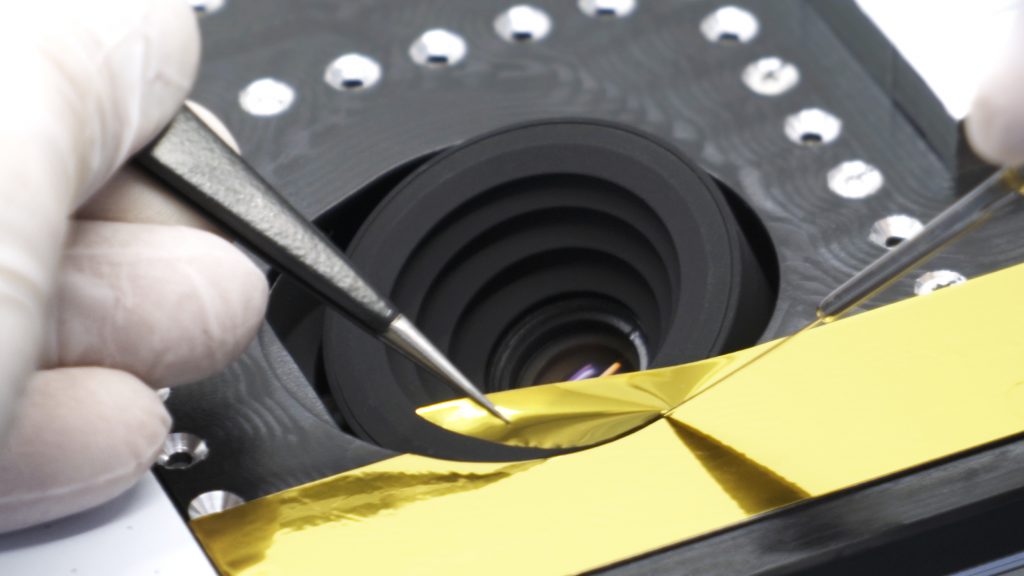
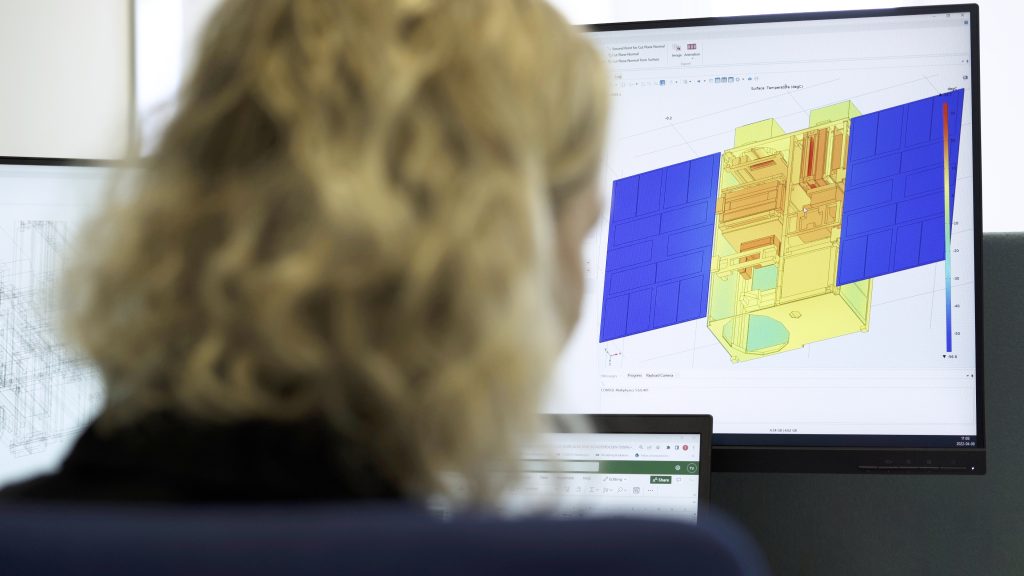
A satellite’s structure provides a secure frame for attaching subsystems and payloads. This frame must be strong enough to withstand the intense forces and vibrations of a launch. At the same time, it must provide as much internal volume as possible for the payload. Modular structures, such as the CubeSat standard, let planners create the optimal configuration for their mission. That shape, however, may be constrained by the “dispenser” that ejects the satellite from its launch vehicle. However, modular microsatellite buses connect to the rocket via a separation ring and are not constrained by their shape as long as they fit in the envelope of the rocket’s payload fairing. Other satellite structures include deployable booms for instruments and solar panels.
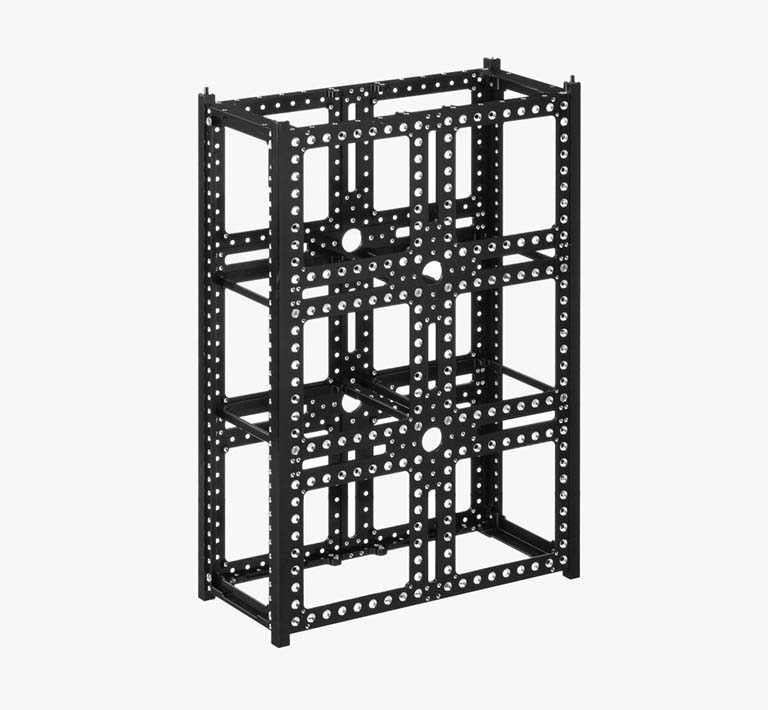
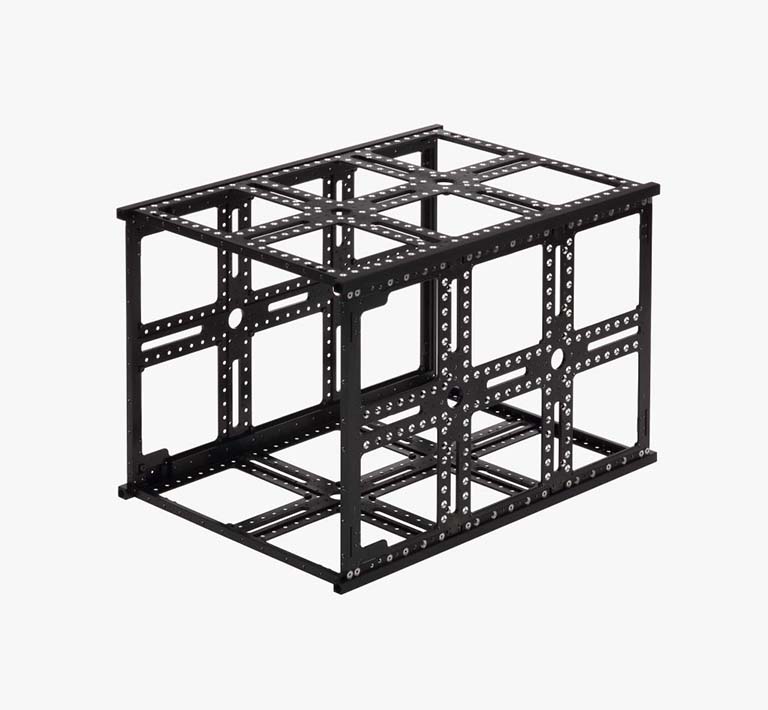
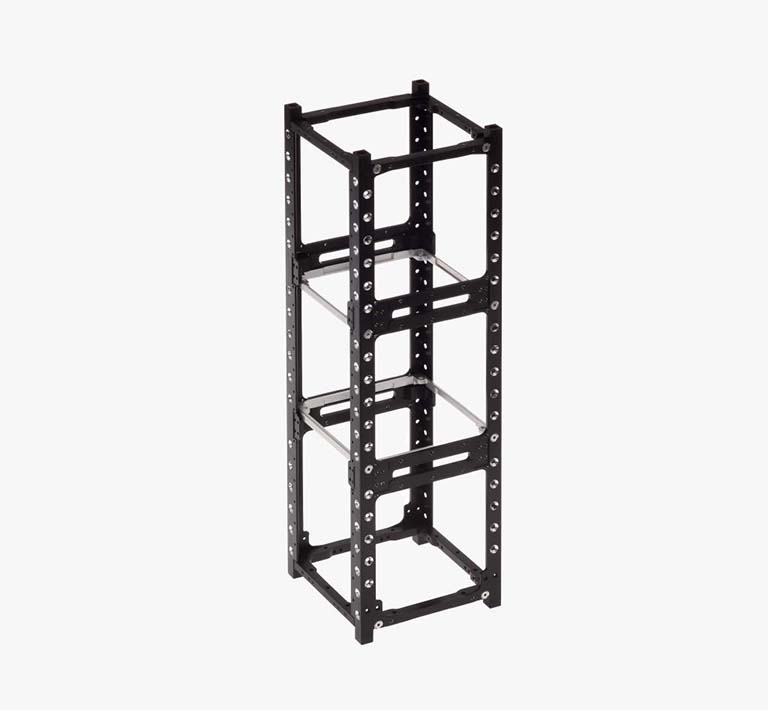
If you need more info, you can also check out CubeSat 101: Basic Concepts and Processes for First-Time CubeSat Developers guide prepared by NASA.